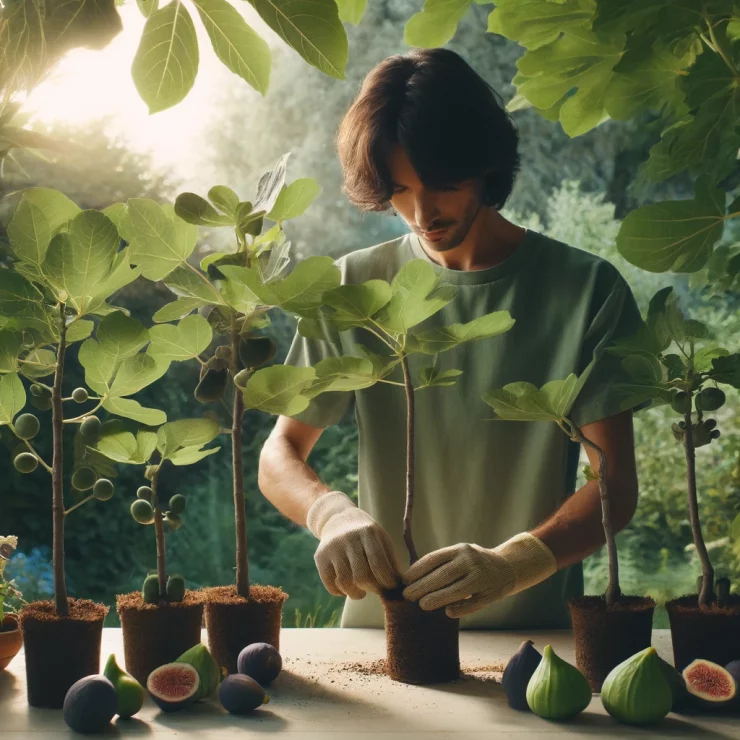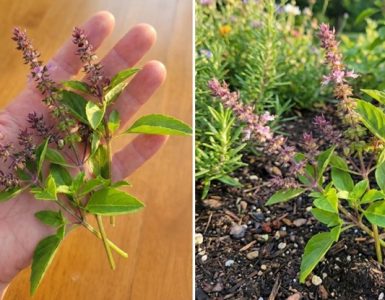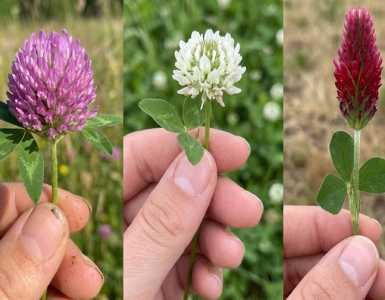Fig trees, with their lush foliage and delicious fruits, are a favorite among gardeners and fruit enthusiasts alike. Propagating these trees from cuttings is a cost-effective and rewarding way to expand your fig orchard or share the joy of fig growing with friends and family. While traditional methods exist, we’re here to unveil a unique technique that promises the best results.
Understanding Fig Propagation
Propagation involves creating new plants from existing ones, typically through seeds or cuttings. Fig trees, however, don’t always produce viable seeds, making propagation through cuttings the preferred method for most gardeners.
Selecting the Right Cuttings
For successful propagation, selecting the right cuttings is crucial. Opt for healthy, mature branches that are about pencil-thick in diameter. These should be taken from the previous year’s growth and ideally sourced in late winter when the tree is dormant.
The Unique Technique Unveiled
Unlike conventional methods that rely solely on rooting hormone and soil, our unique technique involves an additional step that encourages rapid root development and ensures a higher success rate.
Step 1:Preparing the Cuttings
Take 6-8 inch cuttings from healthy branches, ensuring each cutting has at least 2-3 leaf nodes.
Remove any leaves from the bottom half of the cutting to prevent rot.
Trim the top of each cutting to promote branching once rooted.
Step 2:Aloe Vera Solution
Prepare a solution using fresh aloe vera gel and water in a 1:1 ratio.
Dip the cut end of each fig cutting into the aloe vera solution, ensuring it’s thoroughly coated.
Step 3:Rooting Medium
Instead of traditional soil, prepare a rooting medium consisting of equal parts perlite and vermiculite.
Fill small pots or trays with the rooting medium, ensuring they’re moist but not waterlogged.
Step 4:Planting
Insert the treated end of each cutting into the rooting medium, ensuring at least one leaf node is buried.
Space the cuttings evenly in the container, ensuring they’re not touching each other.
Step 5:Encouraging Growth
Place the containers in a warm, bright location with indirect sunlight.
Mist the cuttings regularly to maintain humidity levels.
Thanks to the unique combination of aloe vera solution and the specialized rooting medium, you can expect to see roots developing within 4-6 weeks. Once roots have established, transplant the cuttings into individual pots filled with well-draining soil.
Propagating fig trees from cuttings doesn’t have to be a hit-or-miss endeavor. By incorporating this unique technique into your propagation process, you can enjoy faster rooting and higher success rates. Whether you’re a seasoned gardener or a novice enthusiast, give this method a try and watch your fig orchard flourish like never before.






Add comment